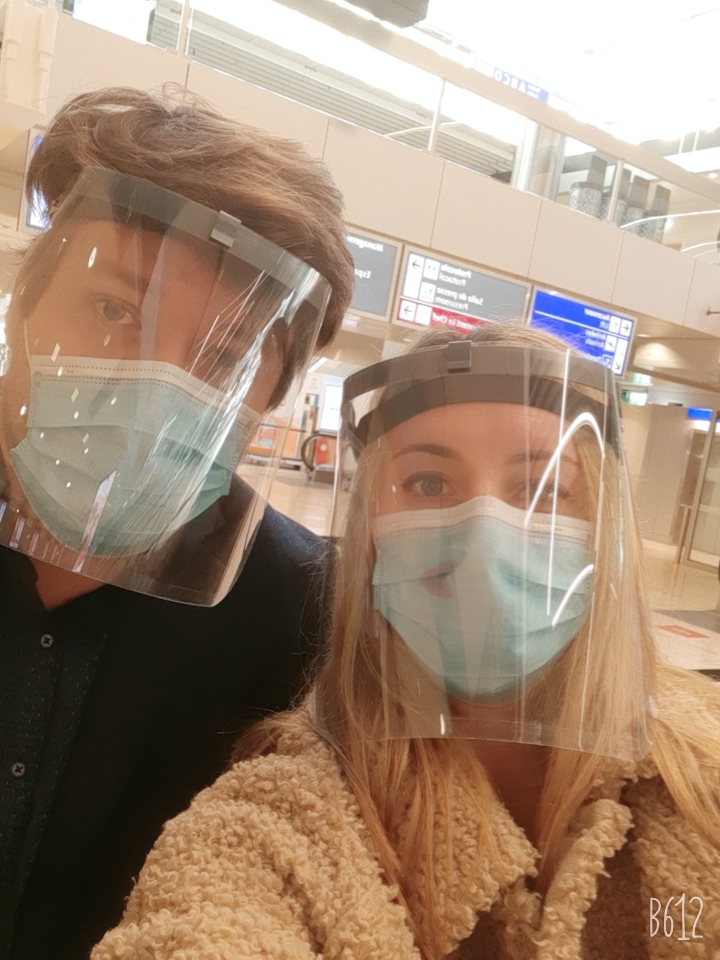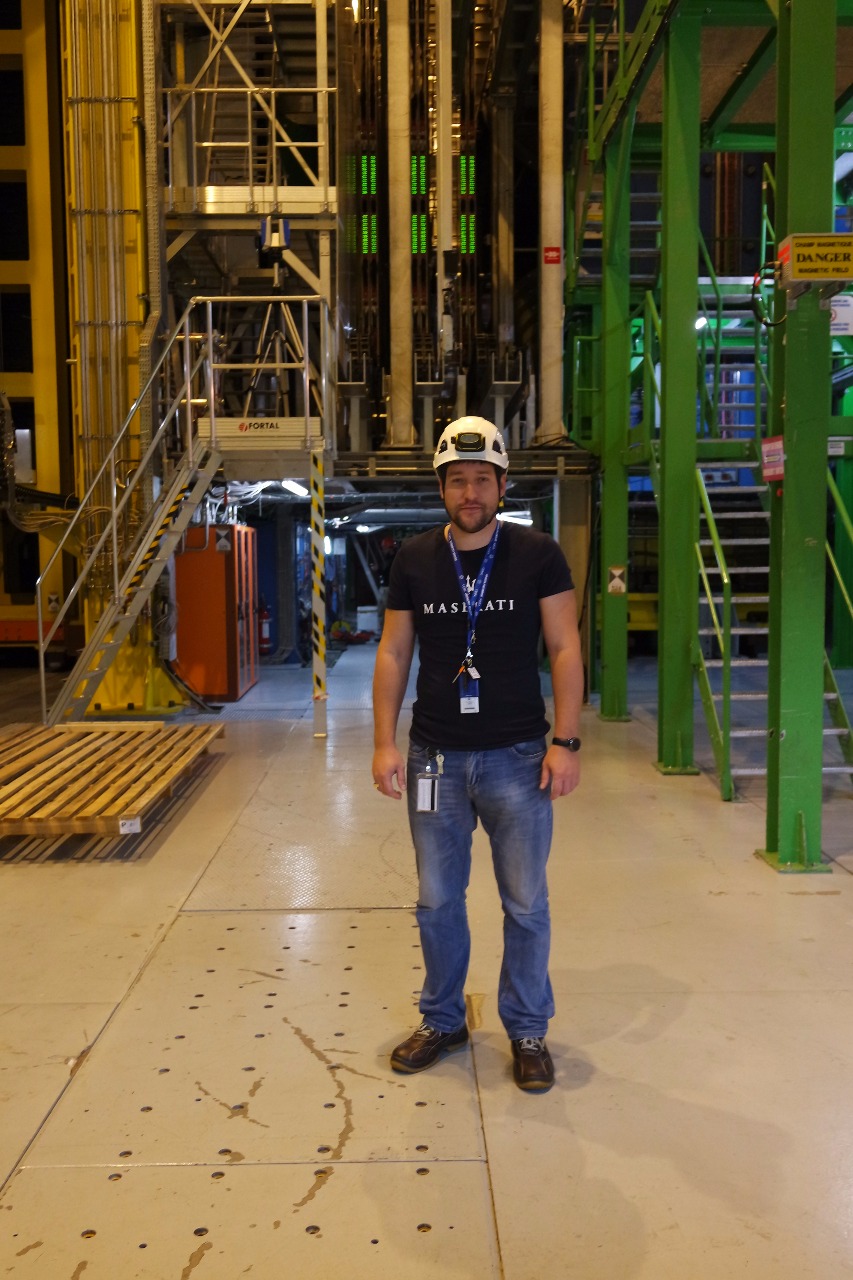
Upgrade for discovery: how TPU engineers improved the hadron collider
TOMSK, May 27 – RIA Tomsk. The upgrade of the Large Hadron Collider (LHC), where participate team of TPU researchers, including senior teacher Gennady Panshin, was suspended due to a pandemic, and Tomsk resident returned home. How the regime was tightened at the world's largest particle accelerator and how polytechnics improved the LHC work - in the material of RIA Tomsk.
Indispensable for science
The Large Hadron Collider has much to tell mankind about the structure, origin and early development of the Universe. Studies at the LHC are conducted by several collaborations, one of which is LHCb (Large Hadron Collider beauty experiment), it brings together scientists from different countries who study particles with b-quarks.
These experiments should answer exciting questions: what processes after the Big Bang allowed matter to remain in the form in which we observe it today, and why did antimatter disappear during the evolution of the Universe?
"Tomsk Polytechnic University joined LHCb in 2016 (when the update of the experiment detectors was being prepared) as designers of the positioning system of one of the detectors - SciFi Tracker. Our scientific and engineering team developed a rather complicated suspension system, rails and chassis (carriages) for it" - tells the senior teacher of TPU Gennady Panshin.
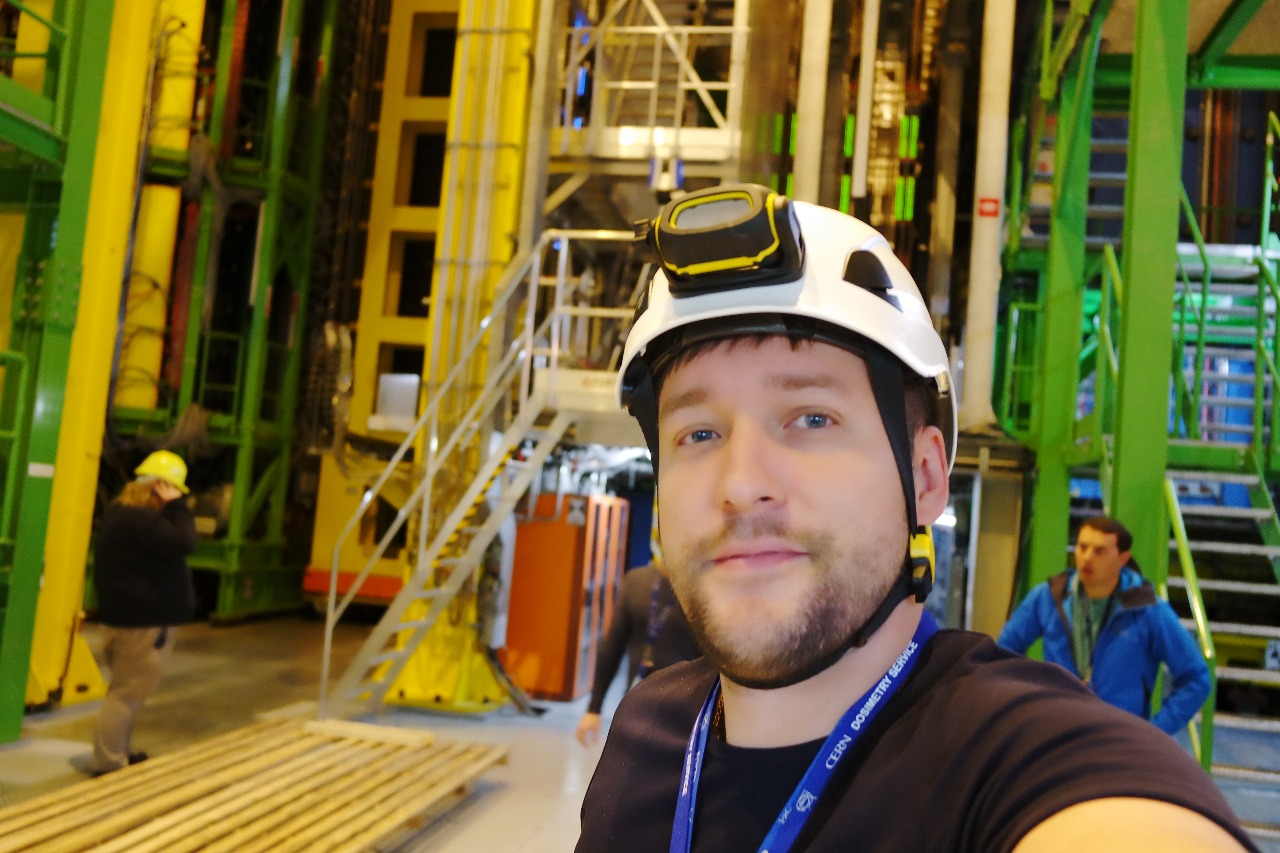
The detector - is the "eye" of the experiment: it is it that "reads out" the collision energy of two proton beams running to each other with a furious speed. Polytechnics for a year of cooperation with LHCb created and offered 12 different options for the suspension system for the SciFi detector moving.
The difficulty was that the detector - is a very heavy, bulky design (and, by the way, very expensive), which must be supported and located in a strictly fixed place with micron accuracy. Without this, it will not be possible to correctly identify the trajectories of particles generated during collisions of beams in the collider ...
“Scientists come up with how detectors should work, but from an engineering point of view, there are limitations, and we, as engineers, have to come up with such a solution so that the experiment is sure to take place. For example, when we made carriages for SciFi, they should be as compact as possible, while withstand a weight of two tons and work in conditions of high radiation and a strong magnetic field", - Gennady Panshin gives an example.
Another interesting task that the Polytechnic performed until recently - is the magnet upgrade.
“The LHCb detector has a hefty magnet, it only has a winding weighing 50 tons. When they started to carry out diagnostics and maintenance on it, it turned out that the two supports had failed - it had broken a steel beam ...
My job was to make a locking mechanism - stops for the magnet rings so that they would not move. This is a non-trivial task, a carbon copy will not work. Initially, the rings were compressed by two plates, and we made a special stainless steel device with a total weight of more than 400 kg, with adjustable “legs” to hold each ring”, - Gennady told.
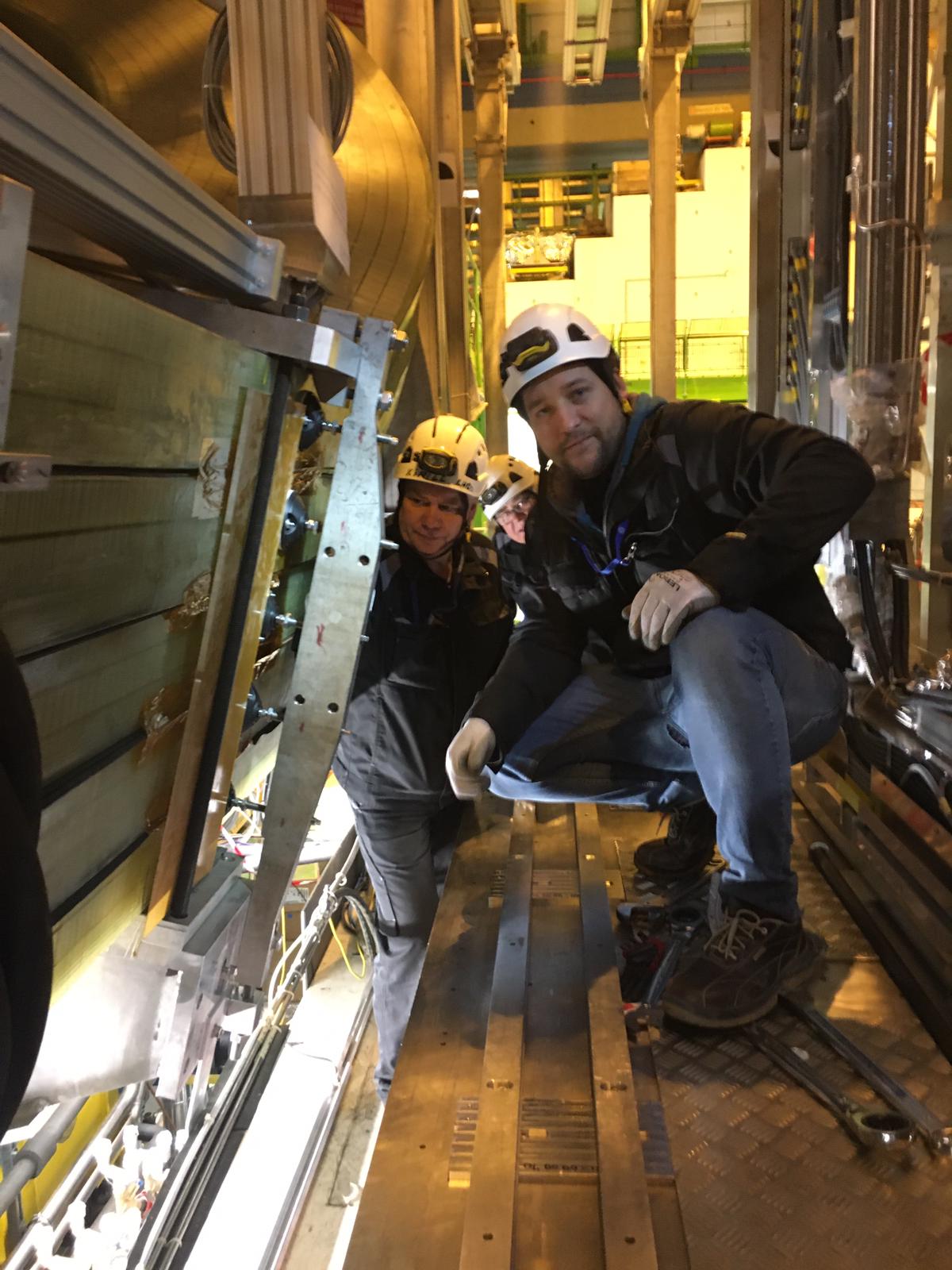
CERN online
The first trip of Polytechnic engineers to CERN in 2016 lasted 20 days.
"They just get accustomed to us - they gave us one small task, we solved it, they liked the solution, we gave it more, and we began to contact more and more often.
By the way, the main problem of CERN is that there are always not enough professional employees. Colleagues, seeing the competencies of Tomsk Polytechnic, are ready to delegate projects to teams of motivated students and graduate students. At the same time, the tasks that need to be solved are at the advanced level of engineering with increased requirements for accuracy and quality. This is a very good motivation to enter our engineering university", - the engineer noted.
As a result, over the past three years, Panshin went on business trips to CERN about 10 times, the latter began in January 2020. He worked in the office to integrate various elements and components of the detector.
“This is a truly international team, it includes French, British, Italians, Poles, Dutch. The restrictions began already in January - the number of interactions between people decreased. If earlier more than 500 people could attend meetings, then in January it became no more than 200. In our meeting office the maximum number of people was 15-20, and we sat next but one table", - he says.
Also, people stopped shaking hands. The office began to carry out daily disinfection. When in March countries (CERN is located in Switzerland and France) decided on mandatory self-isolation of citizens, CERN officially closed - only people responsible for security could enter the territory. The rest moved home and to rented apartments.
Switching to the distant - even in such a complex matter as designing systems for a collider - turned out to be quite simple:
“CERN - is an international organization, and therefore "Vidyo" remote communication system has been actively used in the work, but due to the fact that the number of people online has become catastrophically large, ZOOM and Skype for business have also started to be used. Meetings took place at least twice a week.
As for me, I did not need to be present at the collider: the drawings regarding the next task of upgrading the magnet were prepared, the material had already arrived at the workshop — all I had to do was to make the product and go down to the mine and install it myself. These works, of course, were canceled and postponed to a later date", - Gennady Panshin said.
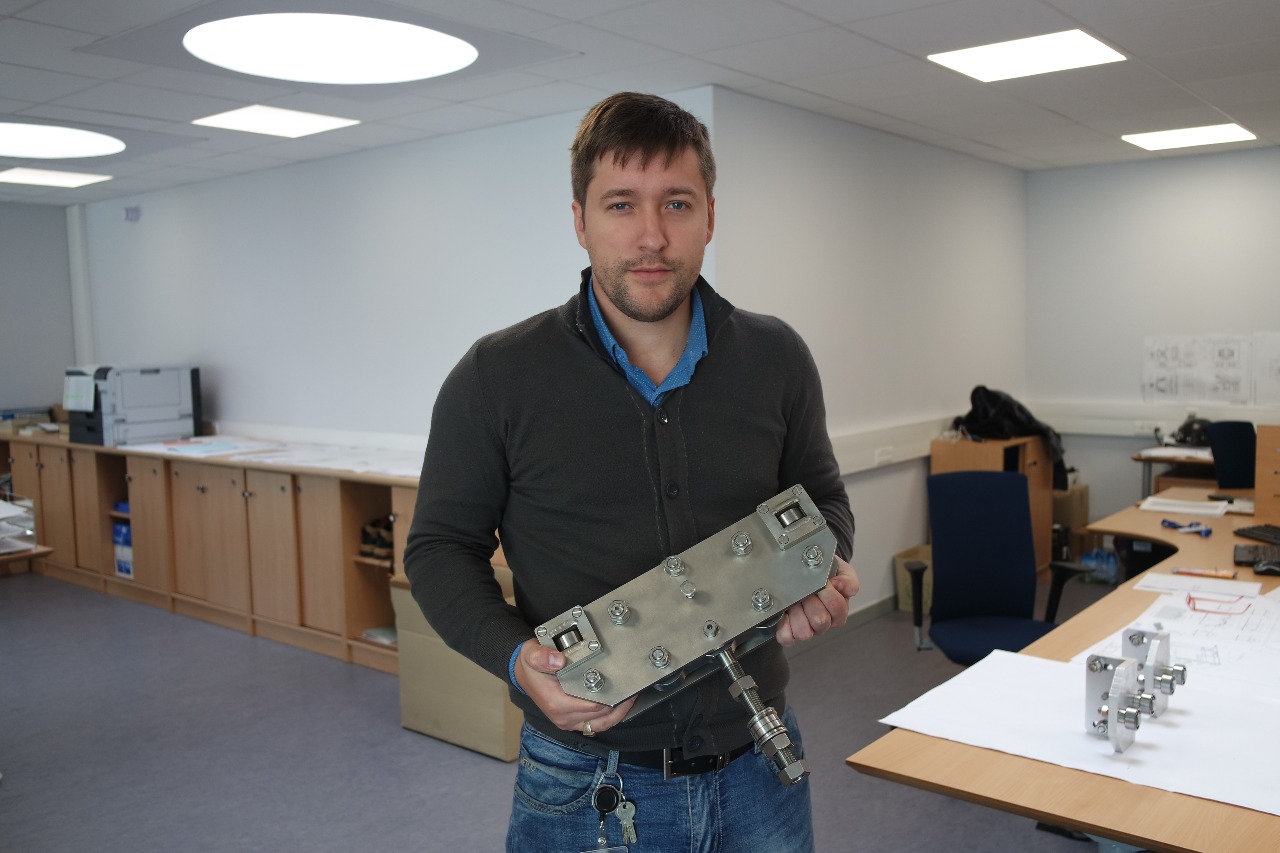
"The entire collider infrastructure is already in 3D, so you don’t need to go down to the mine for design - the vast majority of the work is done in the computer", - the engineer told.
Come back and finish
Now Switzerland and France are gradually starting to remove restrictions, and CERN is increasing the number of employees allowed to work every week: last week there were 500 (including security and fire brigade), this week - 750, and so on. The works literally “boil” to catch up with the months of lag caused by self-isolation due to the pandemic.
“My business trip was officially scheduled to end on May 14. In principle, CERN was ready to pay for my further stay in the country because it was rather difficult to get home, flights to Moscow were canceled by various airlines.
But my wife and I (she spent this business trip with me) decided to fly away: to sit for two months in self-isolation at home is quite difficult. When we arrived at the Geneva airport, we saw it was completely empty - there were only 4 flights a day!", - Gennady told.
To get home, Tomsk citizens had to take a ticket through Minsk, and then get to Moscow by land transport.
"Fortunately, the flight to Tomsk was on schedule, and now we are at home. We are now in mandatory quarantine. According to optimistic expectations, in the fall we will be able to return to CERN and finish what the pandemic did not allow us to complete", - hopes the polytechnic.
